
How A Former NYC Teacher Turned Her Home Into A Black History Museum
Elizabeth Meaders: The Retired Teacher Who Turned Her Home into One of America’s Largest Black History Museums
It began with a single keepsake — and became one of the largest private collections of African American history in the United States.

Elizabeth Meaders, a retired New York City schoolteacher, has spent over 60 years transforming her Staten Island home into a living, breathing museum filled with more than 20,000 artifacts documenting the full scope of the Black experience in America — from the horrors of slavery to the triumphs of civil rights and beyond (The New York Times).
Now 90 years old, Meaders has decided it’s finally time to pass the torch. Her life’s work, known as The Elizabeth Meaders Collection, went up for sale through Guernsey’s Auction House in Manhattan this past March 15. It is one of the largest collections of Black memorabilia ever offered at auction in U.S. history (Smithsonian Magazine).
“I can’t go any further — the collection is outgrowing the house and pushing me out,” Meaders said. “It has to be transferred into competent hands that can take it to the next level… Each piece deserves a chance to sing its own song.”
A Lifelong Labor of Love
Meaders’ fascination with history began in childhood. As a young girl, she collected trading cards of Jackie Robinson, the man who broke Major League Baseball’s color barrier. Her interest deepened when she discovered memorabilia from other legendary Black athletes like Joe Louis and Wilma Rudolph. But it was a small image of Crispus Attucks — the first American killed in the Revolutionary War — that truly changed her life.
“Little by little I just expanded, and it became a labor of love,” Meaders explained.
From that point on, she became a woman on a mission — tracking down rare and overlooked items that together form a sweeping visual timeline of African American life. Her collection now fills every corner of her two-story home, where hallways and staircases are lined with artifacts, photographs, and handwritten letters. The house itself has effectively become a Black history museum, with sections dedicated to slavery, the Harlem Renaissance, the military, sports, and civil rights.
A Priceless Collection on a Teacher’s Salary
What makes her achievement even more extraordinary is that Meaders built her collection entirely on a teacher’s modest salary. “She had to go toe-to-toe with some pretty serious collectors,” said Diane DeBlois, an appraiser and co-owner of aGatherin’ ephemera sellers. “She raised money through bake sales, school raffles — any way she could.”
Over the years, Meaders refinanced her home several times and often worked multiple jobs to fund her acquisitions. “I’ve never been wealthy,” she said, “but I borrowed against my house and used installment plans just to keep the dream alive.”
Her collection was appraised twice — first in 2009 by Randy F. Weinstein, founder of the W.E.B. Du Bois Center, who valued it at $7.5 million, and later by DeBlois, who estimated it at $10 million (NPR).
A Home Full of Untold Stories
Among her prized pieces are a pair of Muhammad Ali’s boxing shoes, medals from Black Civil War soldiers, and even a Ku Klux Klan grand dragon robe, now displayed under a chilling but powerful exhibit titled “Civil Rights and Civil Wrongs.”
Other items include letters from Harriet Tubman’s contemporaries, photographs of early Black suffragists, and a musket believed to have belonged to a Black Union soldier — tangible reminders of the courage and resilience woven into the nation’s past (The Washington Post).
“No other private collection of this size focusing on Black history has ever come to auction before,” said Arlan Ettinger, president of Guernsey’s. “Crammed into this simple Staten Island home is a collection that tells the entire saga of African American history — from the scourge of slavery to the modern struggle for equality.”
Historian and appraiser Wyatt Houston Day echoed that sentiment: “What makes her collection so valuable is the connective tissue — the small, everyday items that fill the gaps left in other archives. They bring humanity to history.”
A Legacy Beyond the Auction Block
Though her two daughters have chosen not to take on the collection, Meaders hopes it will live on publicly — perhaps through a university, museum, or cultural institution that will preserve it for future generations. “I hope someone sees what I’ve seen all these years — that every piece tells a story worth saving,” she said.
Her dream is for the collection to become the foundation of a dedicated African American museum in New York City, something she believes is long overdue. The sale, she added, is not the end of her work — only its next chapter.
“I’ve struggled to tell a history that’s been ignored or told incorrectly,” she said. “The more I found, the more I wanted. It became a giant puzzle I had to finish — to educate, to heal, to inspire, to empower.”
Meaders’ passion for preservation runs in her blood. She is the granddaughter of William A. Morris, who owned one of Staten Island’s earliest auction houses and helped found the local NAACP branch. That lineage of community advocacy and curiosity lives on in her every action.
Even now, Meaders jokes that her collecting days aren’t truly over. “I think even when I’m in my coffin, if something comes up for auction, I’ll probably toss a bid out,” she laughed.
A Treasure of National Importance
Historians and museum curators have compared Meaders’ home collection to the early archives that later became the National Museum of African American History and Culture in Washington, D.C. (Smithsonian Magazine). Her artifacts, meticulously labeled and contextualized, fill historical gaps that few institutions have ever managed to close.
“Elizabeth Meaders’ collection is more than memorabilia,” one historian said. “It’s a mirror of America’s conscience.”
With her legacy firmly established, Meaders has ensured that future generations will have the opportunity to witness — and learn from — the triumphs, tragedies, and resilience of Black history.
As she puts it: “This is America’s story. It just happens to be told through Black eyes.”
News in the same category


The Pentagon forced to issue statement following Netflix's new movie 'A House of Dynamite'

Streamer responds after Emiru accuses him of sexual assault, abuse and blackmail

‘They Were Vehemently Against It’: Naturi Naughton Says the Wrong People Blocked Her from Working with Ryan Coogler

Meet Arthell Isom, Creator Of The First Major Black-Owned Anime Studio In Japan

Meet Stan Thomas, the Sega President Who Spearheaded One of the First Game Streaming Services
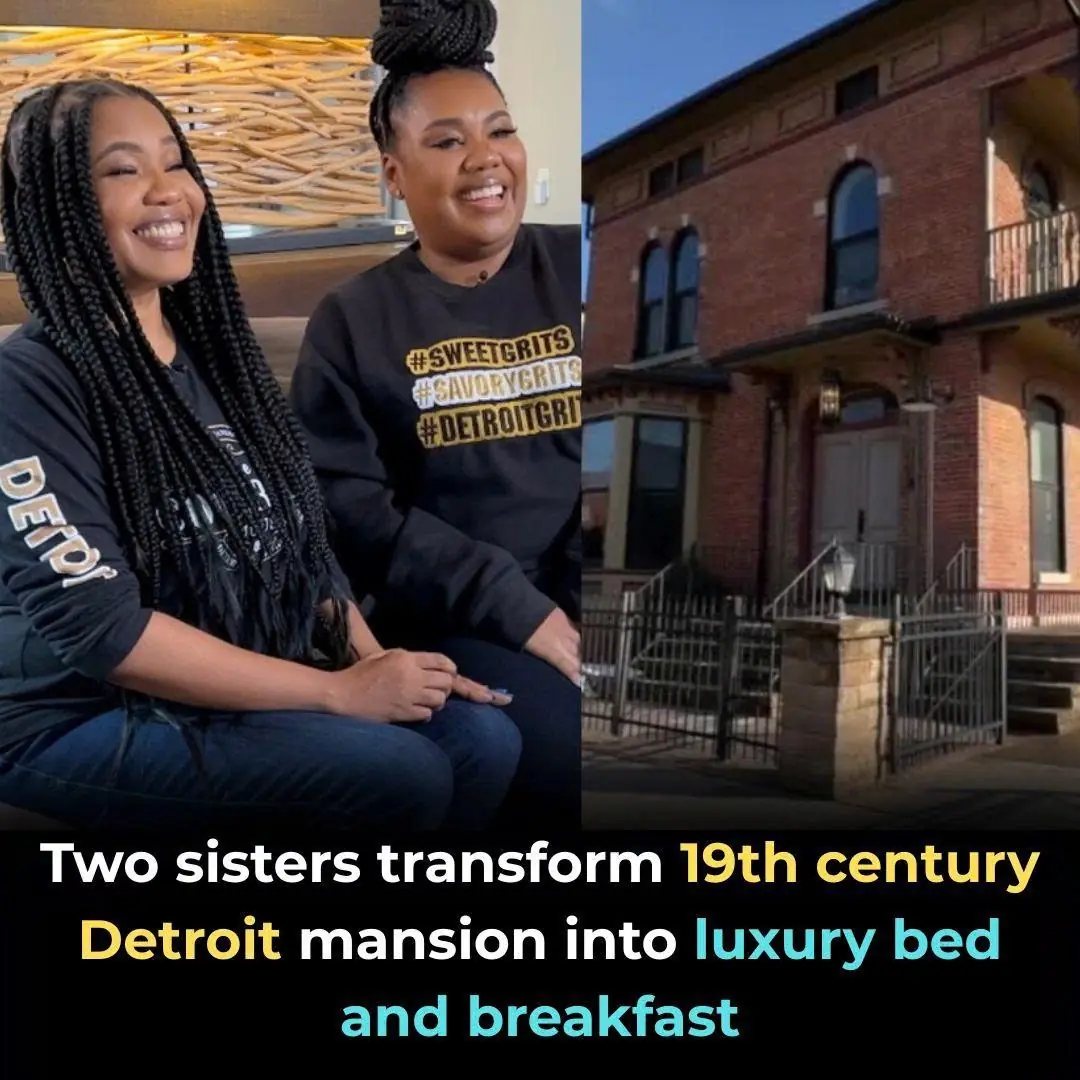
Two Sisters Transform 19th Century Detroit Mansion Into Luxury Bed And Breakfast

17-Year-Old Kamora Freeland Makes History as Youngest Licensed Woman Pilot in New York

Too Many Ripe Tomatoes? 5 Smart Ways to Preserve Them All Year Round — No Market Trips Needed!

Put a Bowl of Salt in Your Fridge: A Simple Yet Brilliant Trick I Wish I’d Known 30 Years Ago

Top 8 Longevity Foods: Fish Only Ranks Second — the No.1 Item Might Be Sitting Right on Your Table!

8 Foods That “Clash” with Tumors — Eat Them Regularly for Better Health
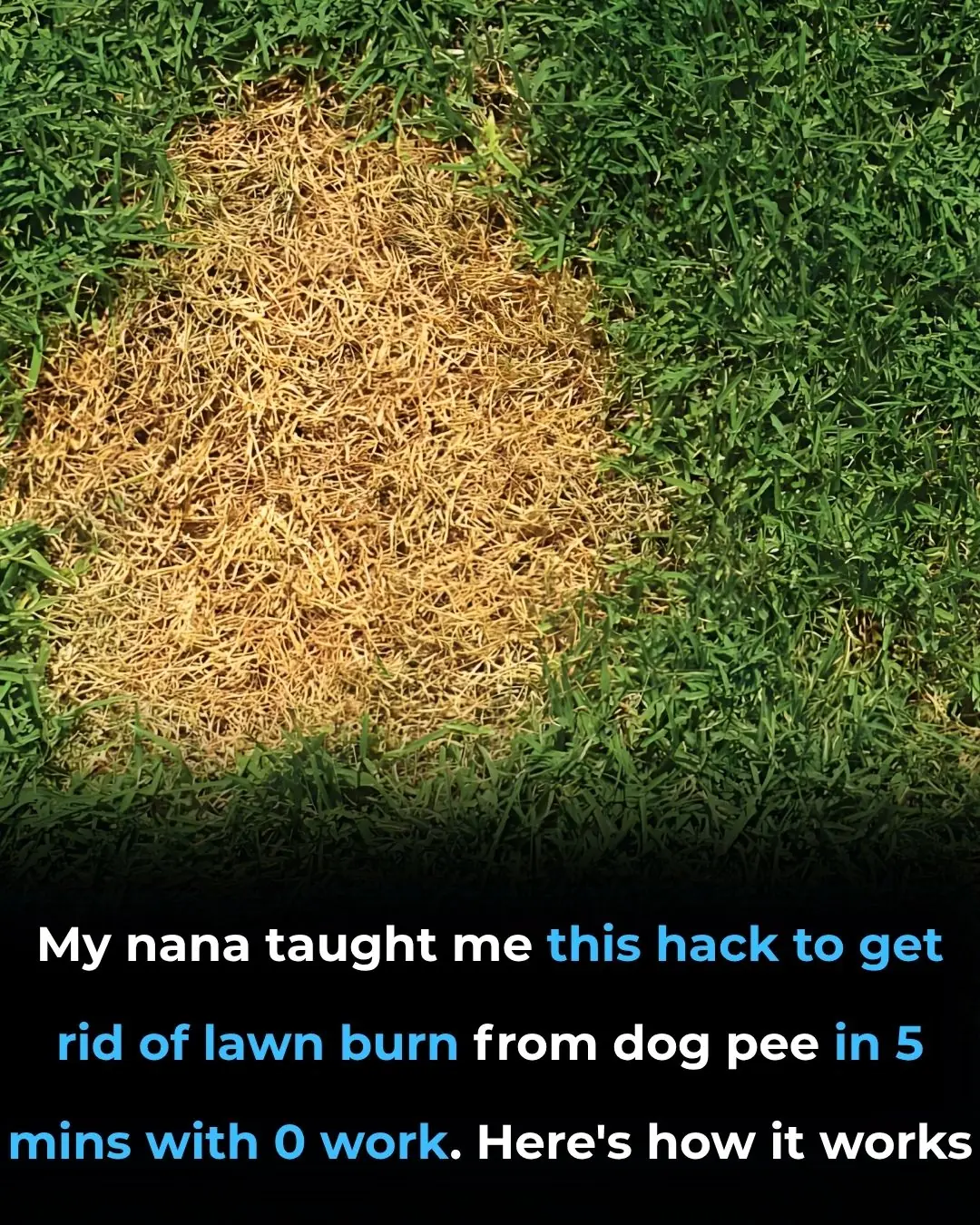
My Nana Taught Me This Hack to Get Rid of Lawn Burn from Dog Pee in 5 Minutes with Zero Work — Here’s How It Works

You’re Doing It All Wrong. Here’s the Right Way to Store Your Cheese

You’re Doing It All Wrong. Here’s the Right Way to Wash Your Blender
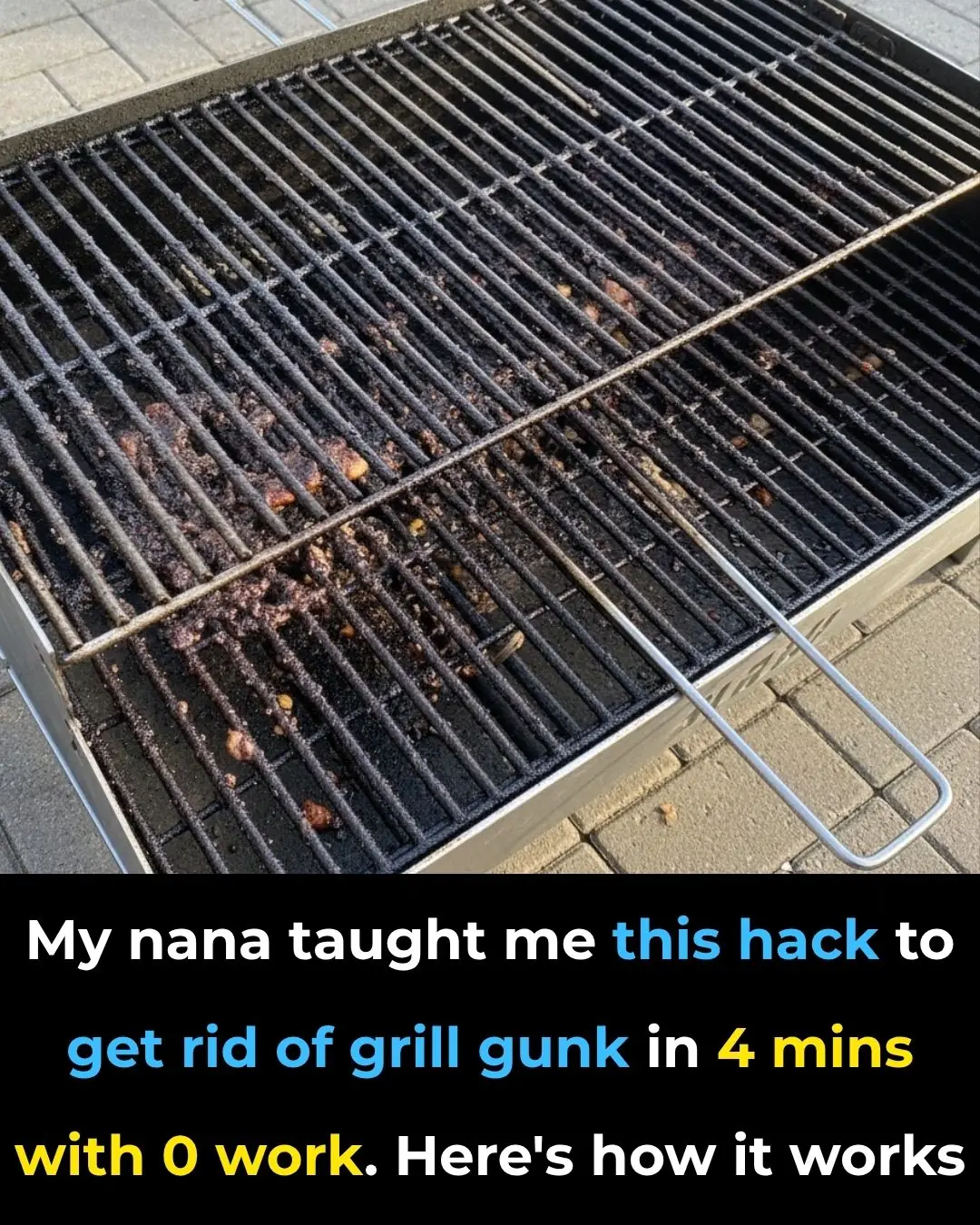
The Genius 4-Minute Grill Cleaning Hack My Nana Swore By — and Why It Actually Works

Rock Star’s Family Devastated As Common Symptom Leads To ER Visit And Aggressive Cancer Diagnosis

Tammy Slaton Shocks Fans With Stunning Weight Loss Photos—Inside Her Transformation

Doctors Feared Baby Had a Mouth Tumor—But the Real Cause Left Everyone Stunned
News Post

How to Remove a Fish Bone from Your Throat 🐟😮

You’re doing it all wrong. Here’s the right way to store knives

You’re doing it all wrong. Here’s the right way to unclog your drain

Detroit Man Went From Quitting His Job To Buying A Building For His Car Detailing Business After It Went Viral On TikTok

Thyme Essential Oil Shows Signs of Killing Lung, Oral and Ovarian Cancer
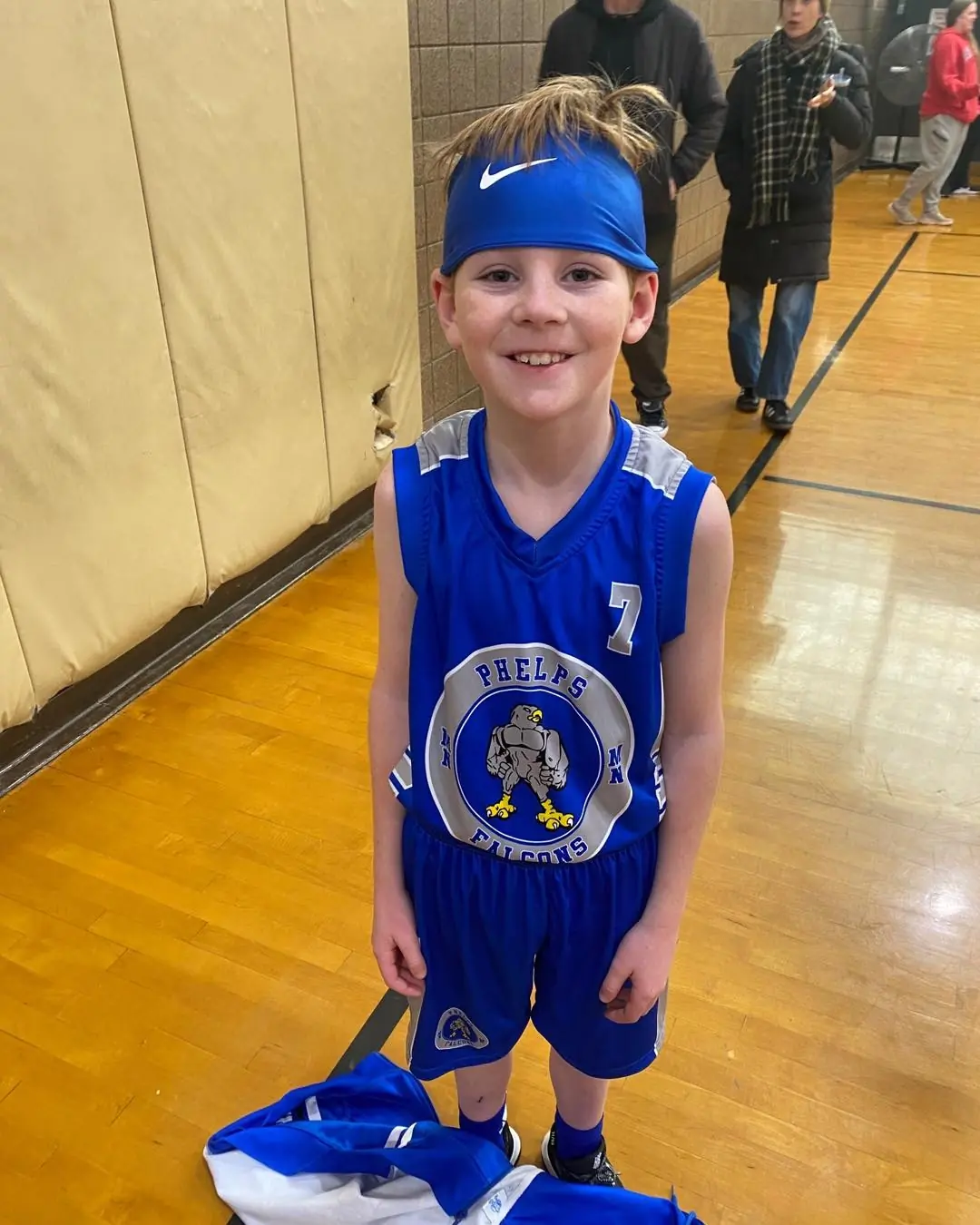
A Boy, A Bullet, and the Friend Who Saved Him

How to cleanse your kidneys using this natural, home made drink

A Heart of Gold: 5-Year-Old Danya Dudin’s Toy Drive Brings Joy to Kids with Cancer

The Little Run Toward Love: When a Baby Alpaca Taught the World What Affection Looks Like.

Science backs it up: 3 fruits that fight liver fat, regulate sugar and cholesterol
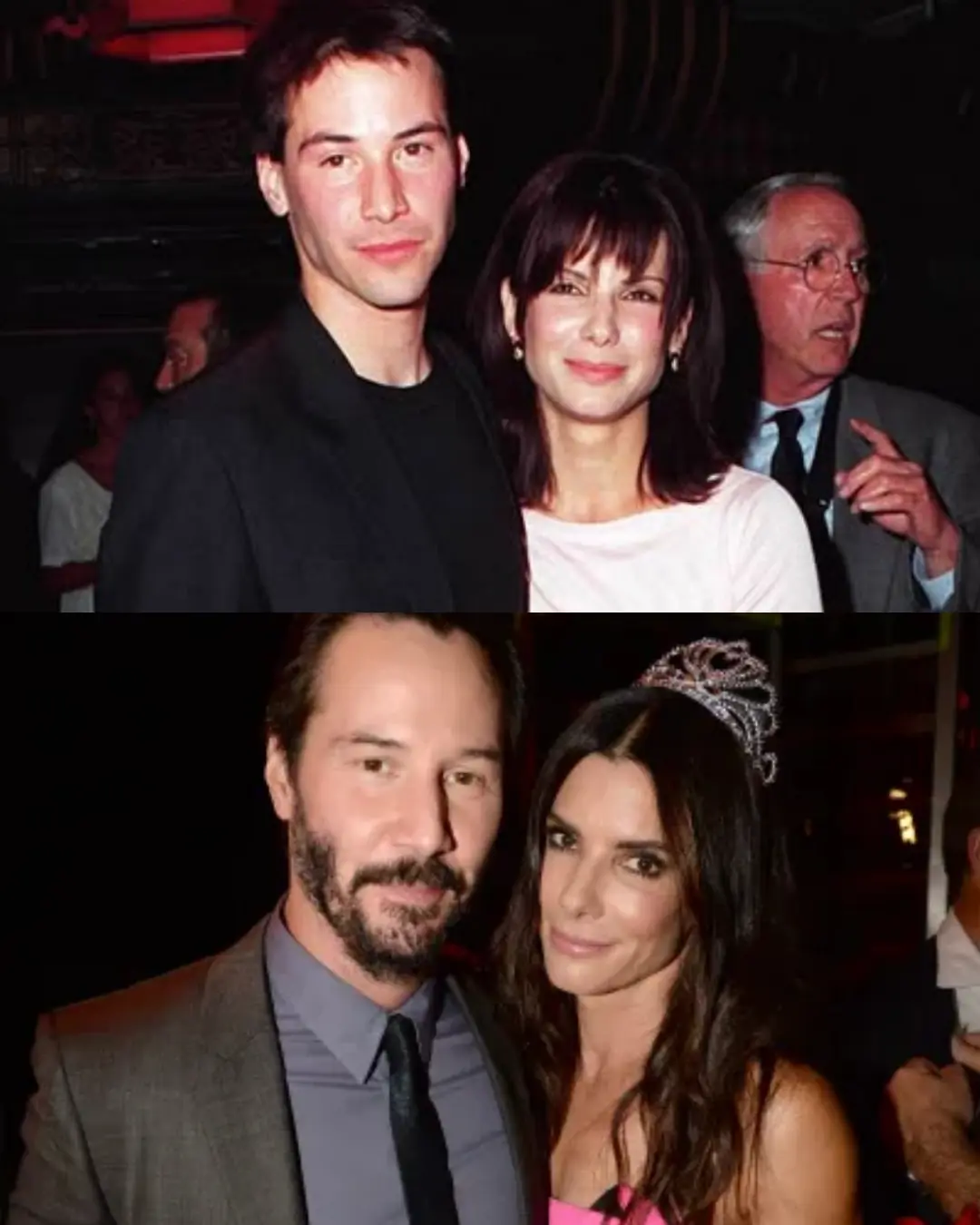
When the World Felt Heavy, He Knocked: The Quiet Friendship of Sandra Bullock and Keanu Reeves.

A Mother’s Unbearable Journey: Little Jimmie’s Fight Against Cancer
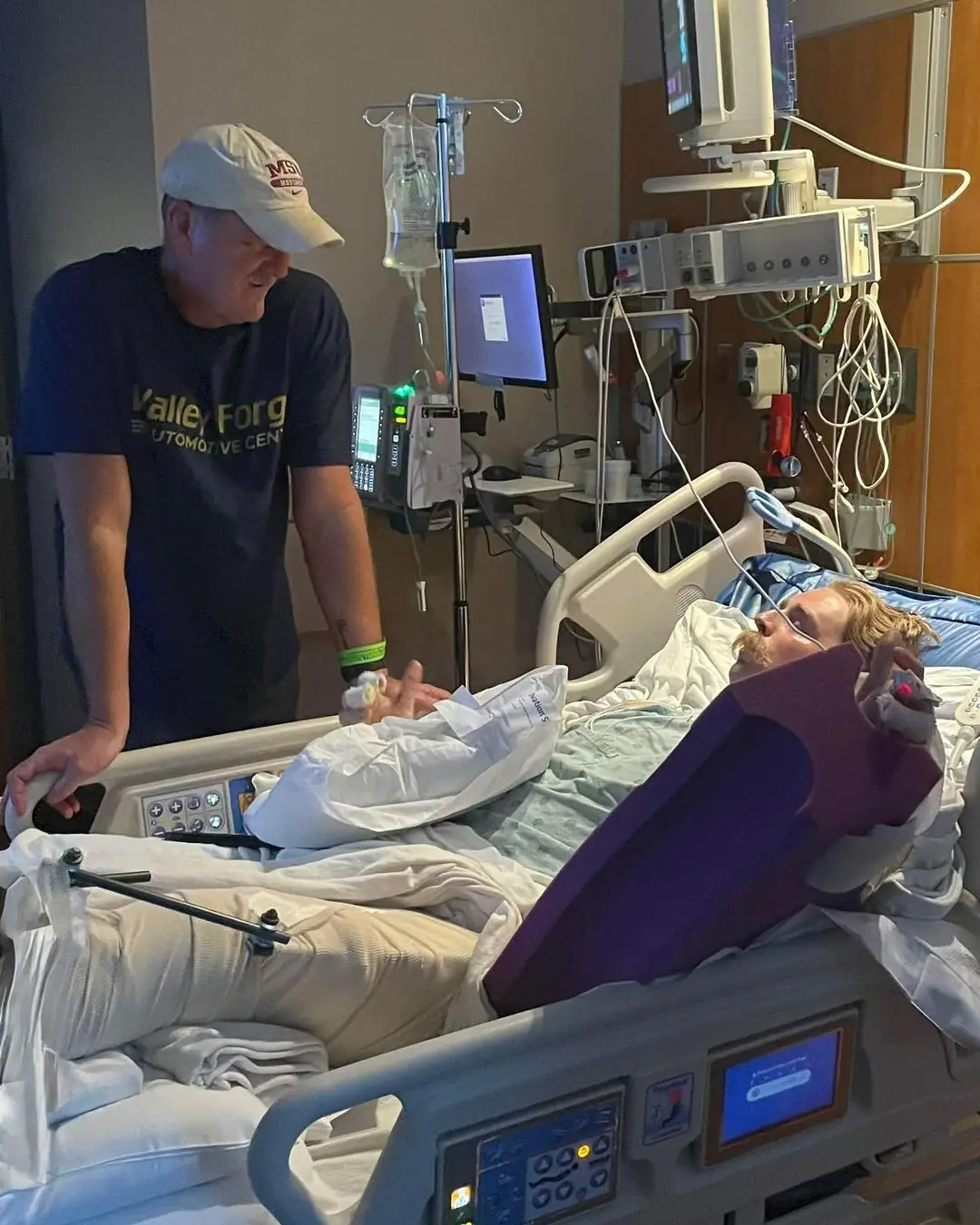
Two Battles, One Family: A Firefighter’s Courage and a Premature Baby’s Fight for Life

The Bear Who Rode Beside Her.

People whose mouths feel dry when sleeping at night need to know these 8 reasons

Ginger, Watermelon, and Beetroot Juice: 15-Day Natural Kidney Cleanse

A Mother’s Heart Knows No Boundaries.

The Man Who Wouldn’t Let Go.
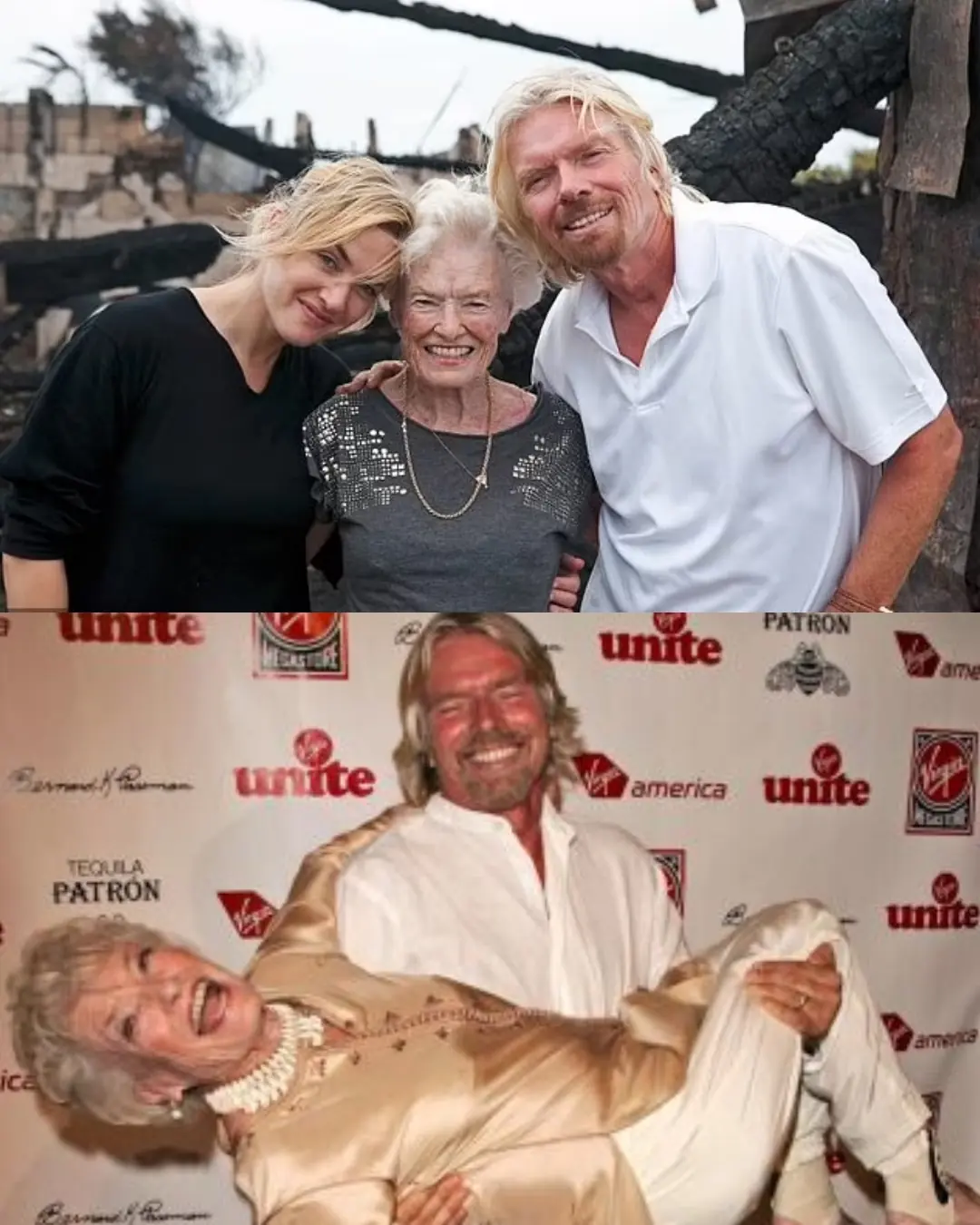
The Night the Sky Fell on Necker Island.
